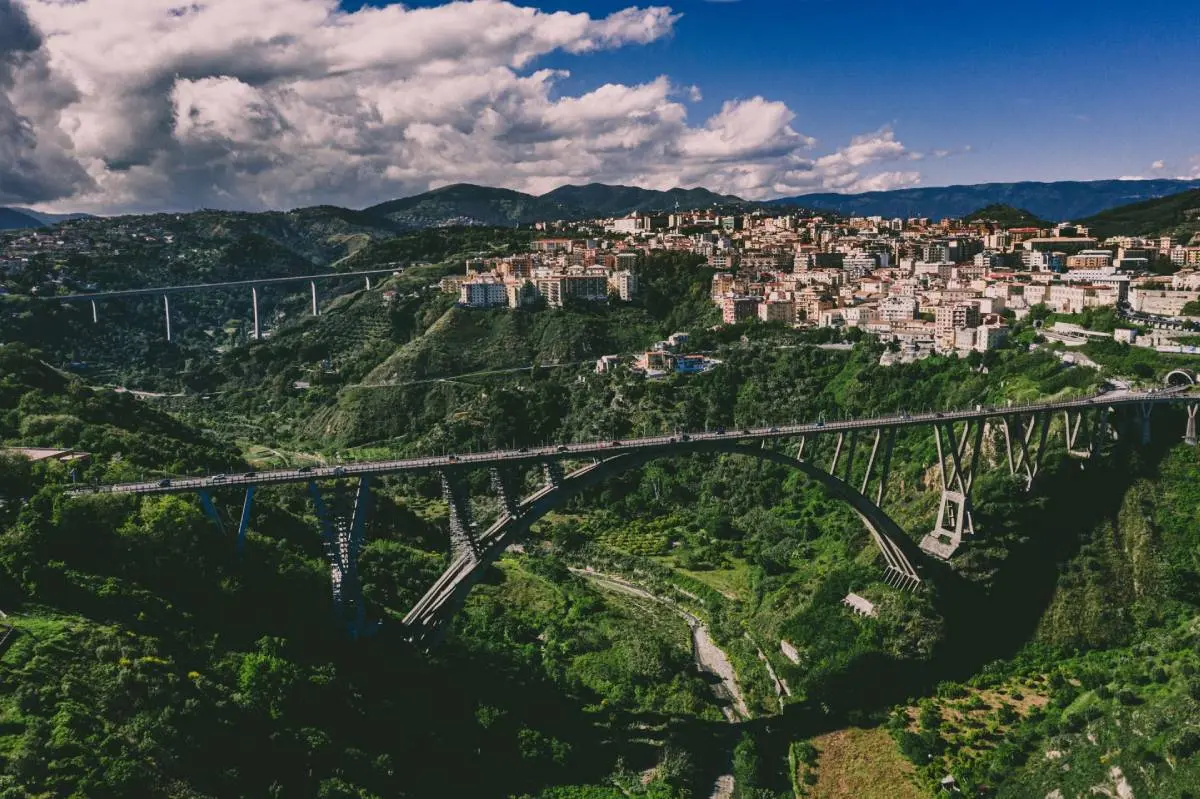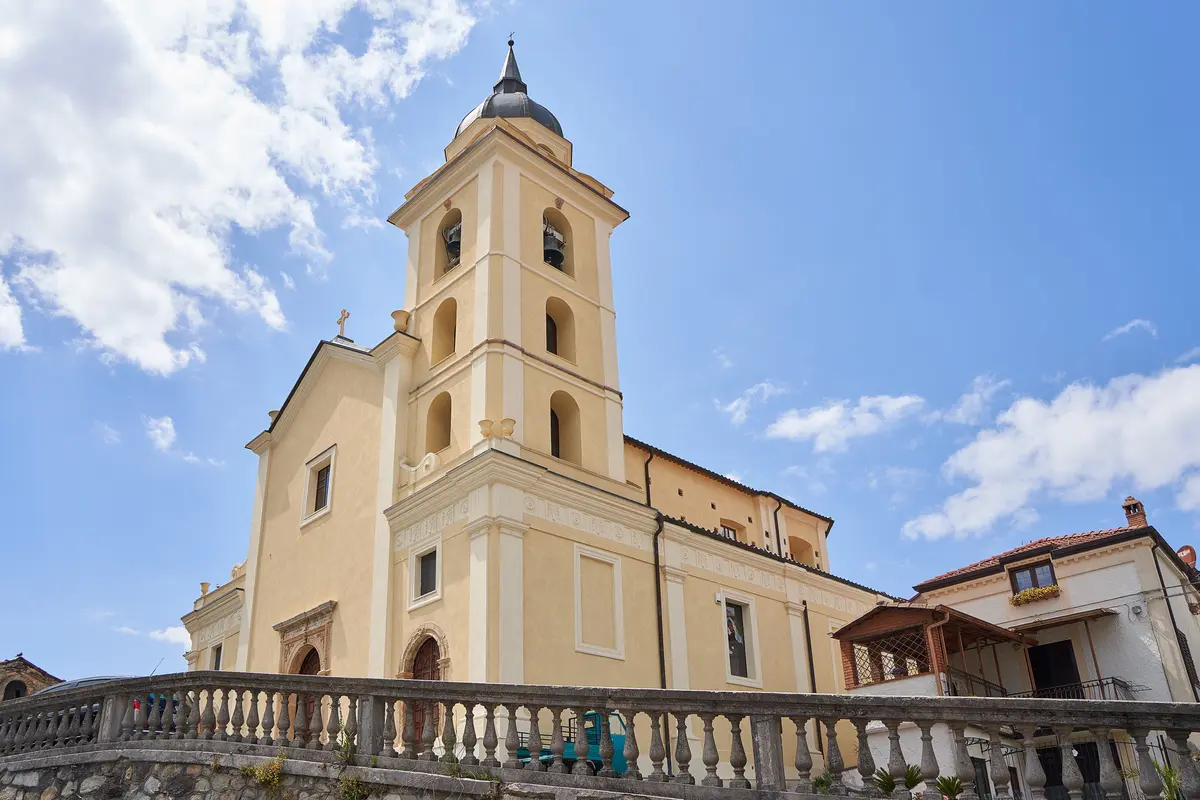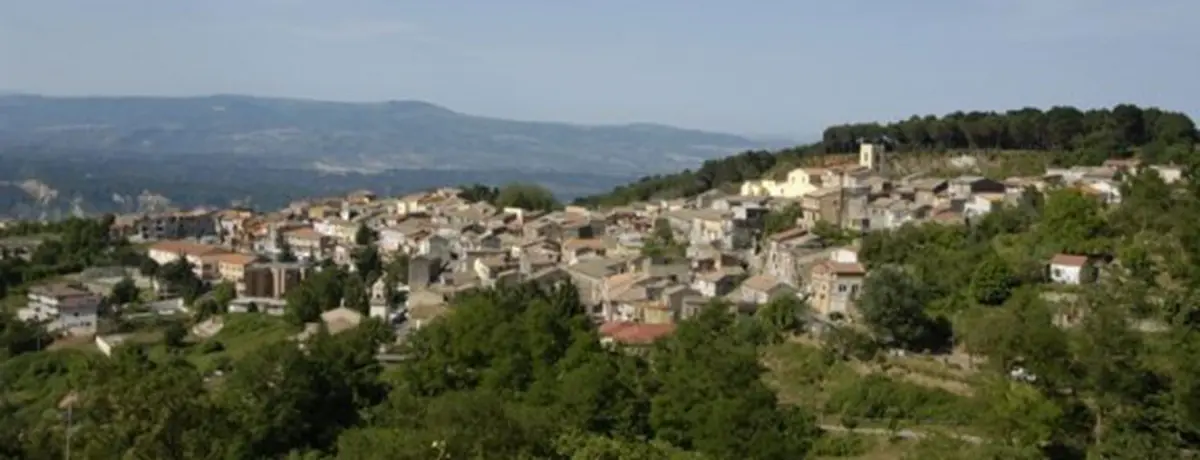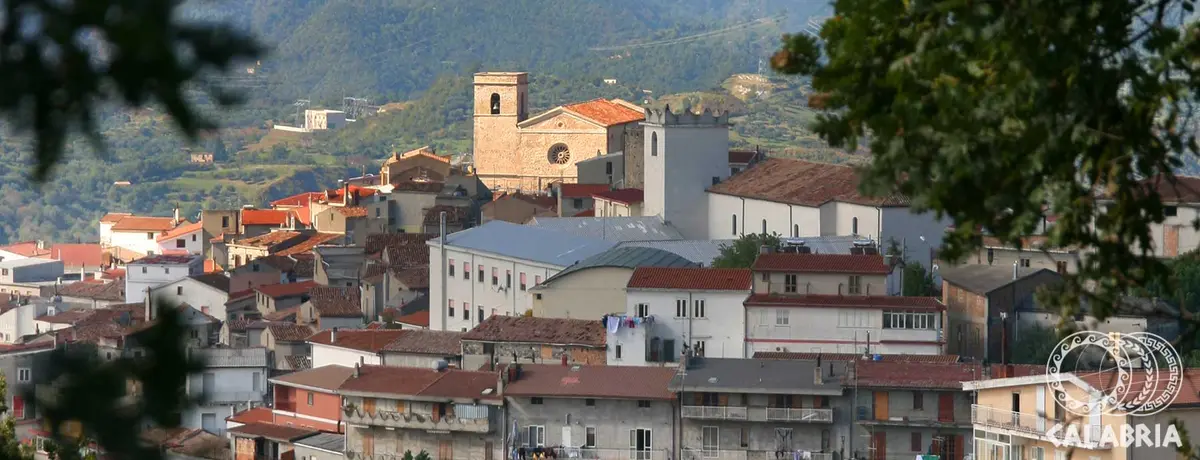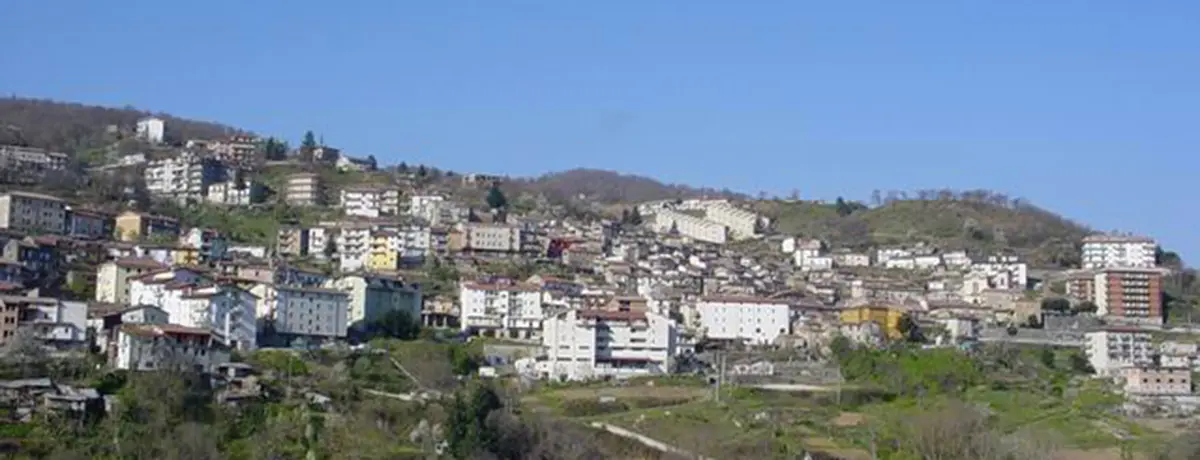Taverna
The city of Mattia Preti, the ‘’Calabrian Knight‘’

Mountain
Taverna - Regione Calabria
Taverna is a small jewel of the Sila National Park, nestled in the woods between the mountain resorts of Villaggio Mancuso and Villaggio Racise.
Taverna is also a ‘’City of Art‘’, since it is the birthplace of the great painter Mattia Preti, one of the greatest exponents of the Italian 17th century, who left important traces of his artistic career here.
Let us start with the works of the ‘’Calabrian Knight‘’ and the monumental places that house them, in the historic centre of Taverna. Piazza San Sebastiano is overlooked by the aristocratic palazzi and the 15th-century Church of San Domenico, which, in addition to a splendid 18th-century coffered ceiling, houses no less than 11 works by Mattia Preti: from the famous self-portrait to the precious cycle of frescoes depicting the Stories of the Life of San Domenico.
Annexed to the church, the Civic Museum is housed in the former Dominican Convent (15th century) and constitutes one of the most important and well-kept picture galleries in Calabria, with works by 17th and 18th century masters ranging from the brothers Gregorio and Mattia Preti to Giovan Battista Spinelli, Antonio Samelli and Di Mattia. The second floor, dedicated to 20th century contemporary art, hosts works by Carmelo and Angelo Savelli, Ercole Drei, Francesco Guerrieri, Lia Drei, Mimmo Rotella, Mirella Bentivoglio, Concetto Pozzati, Giuseppe Gallo and Francesco Correggia.
In Taverna, the art-nature combination is realised with a trip to the shores of Lake Ampollino and a visit to the Tyrolean-style mountain resorts: along the trekking paths and the Parks Cycle Route, you will reach Villaggio Mancuso, the ‘’Monaco-Garcea‘’ Visitor Centre and the small Thematic Museum ‘’The Forests and Man‘’, interesting educational spaces dedicated to the local flora and fauna.
Autumn is the perfect season to enjoy the scents and flavours of the forest: from the Sila Potato PGI to the Caciocavallo Silano PDO, passing through mushrooms and chestnuts, among local festivals and tastings.
Useful information
What to know about Taverna
Where to Sleep
There are 5 available accommodations.
Places
There are 8 places to visit.
Travel Ideas
There are 7 travel ideas.
Infopoint Taverna
Piazza del Popolo, 27, Taverna
No result
